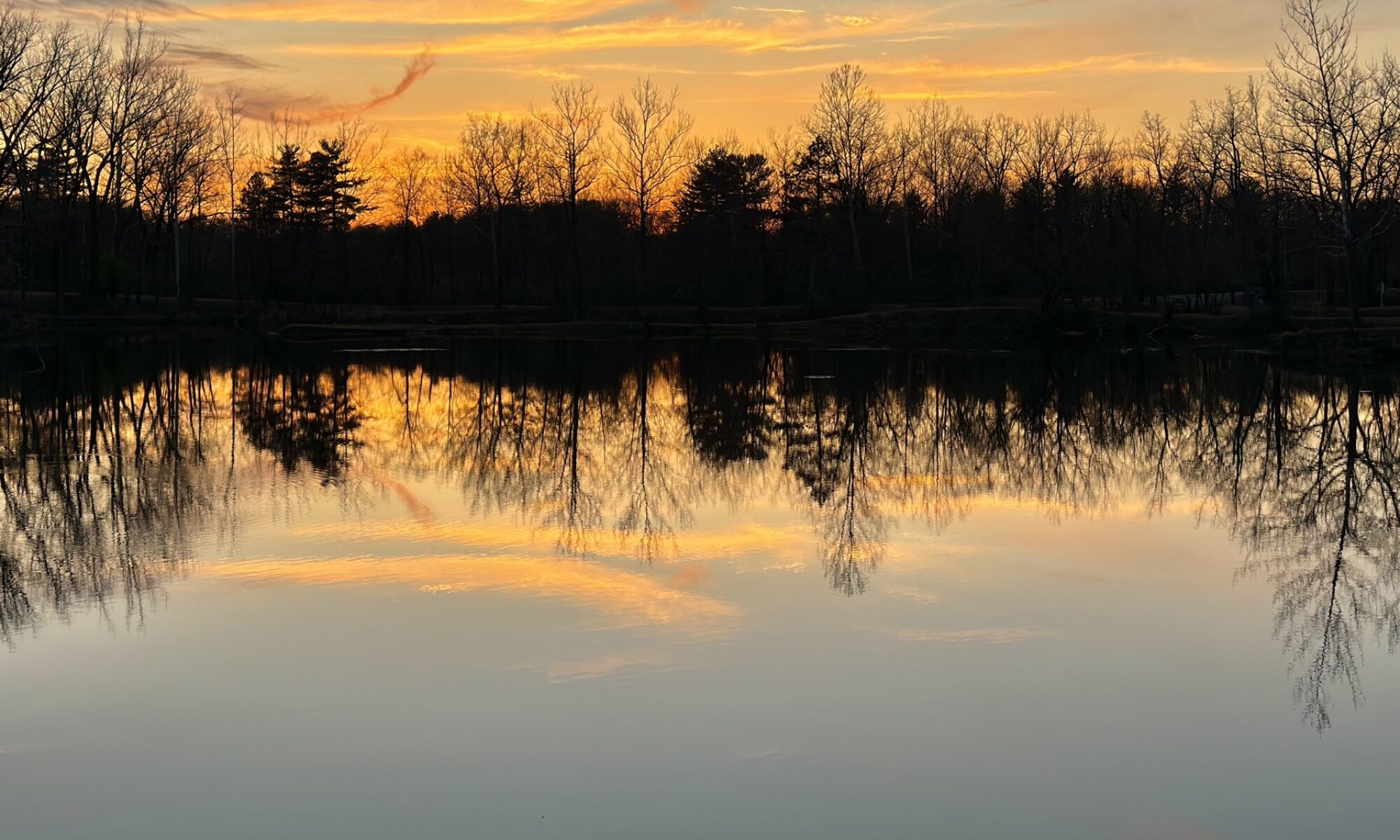Abundance of water, lakes and streams, makes logistics on JMT easier and weight lighter. We encountered only four or five multi-hour trail stretches with no water, including Mt Whitney, which required some planning. We consulted Guthook map and often asked other hikers what’s available ahead. For dry-camp on Young Ridge we carried 6L of water. Other than that, we stopped frequently to refill bottles. We used SteriPEN Ultra on this trip. Big lakes and fast running major creeks were easy, but smaller lakes/tarns and slow flowing streams required extra effort – turbidity was not a problem, but fauna was. Pre-filtration helped. “Swampy” taste is another matter. Having extra time helped too – we could look around for best spot to source water. Had some Aquatabs as back-up – boiling water would deplete fuel too fast. We each carried 1L smartwater bottle in pocket attached to backpack’s strap – enough volume in most cases, plus 1L plastic juice bottle, 1L wide-mouth Nalge bottle and 0.4 L ASB. From Independence we also carried additional lightweight 2L plastic juice bottle (not shown), but used it only for one dry-camping.
Final check of resupply for the 10-day section, plus some extra food for immediate consumption. It was all mailed (USPS) in plastic 5 Gal bucket (top right) to post office nearest to MTR, picked up by Resupply Center staff and stored until we arrived. Cardboard boxes were used for other resupply shipments. Some food portions were sealed in sandwich bags or lightweight zip-bags, sausage and cheese was transported in original air-tight packaging. Because of extremely hot summer, some items were packed for shipping in sealed mylar bags with antioxidant and desiccant packets. We removed all extra packaging used just for shipping and protection, and squeezed everything into large bear canister (900 cubic inch Bearikade Expedition, top left). We used two lightweight Tyvek shopping bags to organize food supplies. There was no space left for anything other than food, lunch and dinner for the first hiking day already did not fit in.
Kitchen: 1.6 L Toaks titanium pan with flat lid and cozy stitched from Amazon envelopes, 2 x 350 mL GSI cups, 2 x Toaks titanium spoons, Gerber Paraframe Serrated pocket knife with Bearikade opener (7/8 in washer inserted into knife’s frame), lighter, MSR Pocket Rocket Stove, fuel (different brands), steriPEN Ultra, 1L wide-mouth Nalge bottle. All our warm/hot food was designed to be rehydrated with just hot water (without boiling) or as “cold-soak” (in the Nalge bottle) just in case, but cold-soaking was not needed. We heated UV treated water or boiled water/meals briefly. We never ran out of fuel.
